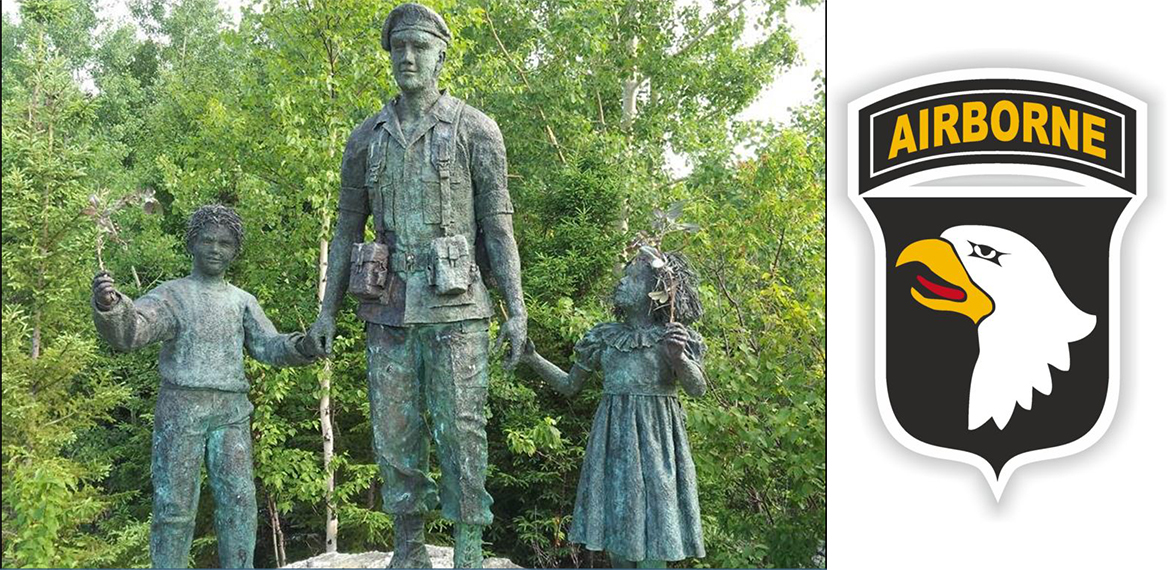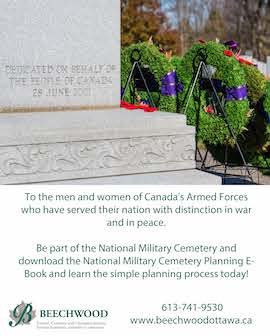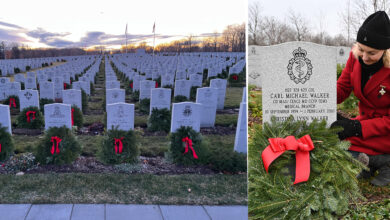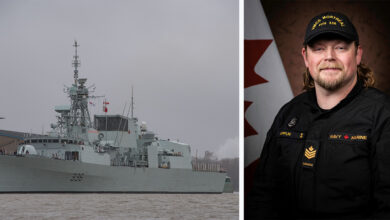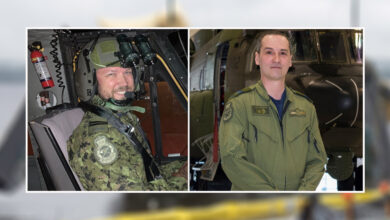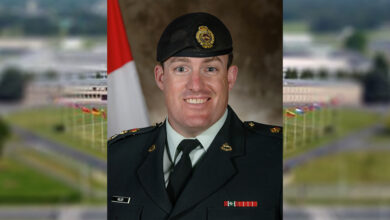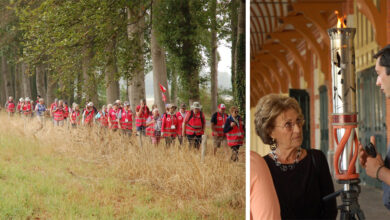Remembering
Gander citizens request highway rename to honour soldiers killed in Canada’s deadliest air disaster
It’s been 33 years since Canada’s deadliest air disaster claimed 256 soldiers lives at the place known as the “Crossroads of the World.”
On the morning of Dec. 12, 1985, members of the U.S. 101st Airborne Division boarded a McDonnell Douglas DC-8 airliner designated Arrow Air Flight 1285. The plane had landed at Gander International Airport in Newfoundland an hour before for refuelling. It had been a long flight for the paratroopers who had just completed a six-month deployment in the Sinai Peninsula. Assigned to the Multinational Force and Observers peacekeeping mission, they were there to enforce the 1978 Camp David Accords signed by Israel, Egypt and the U.S.
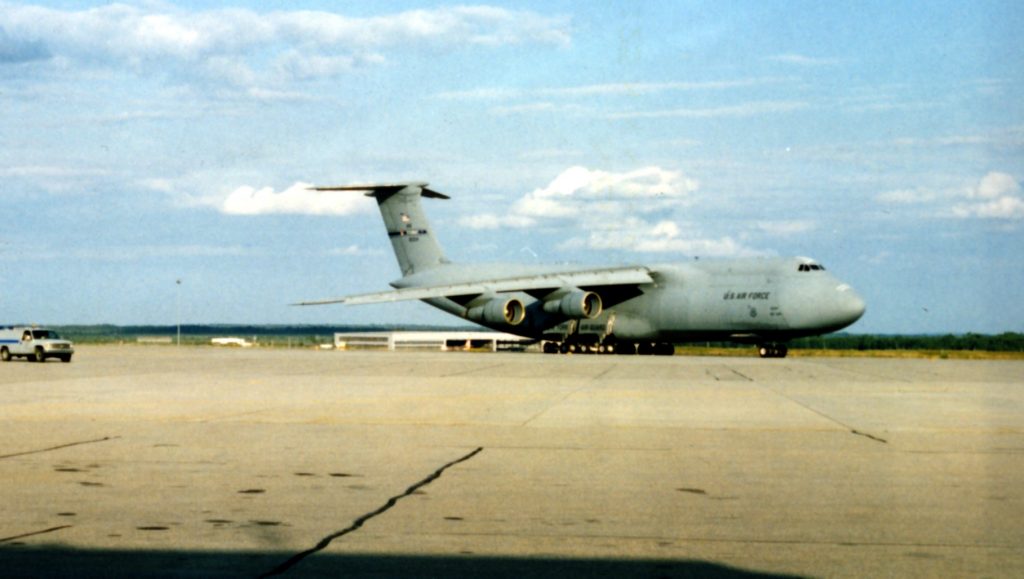
The previous day they had flown out of Cairo and made a fueling stop in Cologne, Germany before proceeding over the Atlantic Ocean. Situated close to the great circle route, Gander was a critical stopover for transatlantic flights between North America and Europe. At one point in the 1940s, Gander was the largest airport in the world.
The Division, nicknamed the “Screaming Eagles,” were looking forward to spending Christmas with their families. In just a few hours, they were to be happily reunited with their loved ones at their home base of Fort Campbell, Kentucky. They would never arrive.
In the cockpit, Captain John Griffin and First Officer John Connelly made final checks before radioing the town for permission to depart. Minutes later, the airliner taxied down Runway No. 22. At 6:45 a.m., the aircraft roared down the strip. Once it was airborne, however, the DC-8 barely gained altitude. The airliner crossed over the Trans-Canada Highway at a low altitude. As the DC-8 continued descending, Flight 1285 was in trouble.
Seconds later, the airliner slammed into the side of a hill, breaking up violently on the wooded slope. The fuselage struck an occupied building before exploding into a horrific fireball which grew larger due to the large amount of fuel it was carrying. The impact occurred 270 metres from the end of the runway. The souls on board didn’t have a chance. All 248 passengers and eight crew perished. It was not just Canada’s worst airline disaster but the U.S. Army’s single deadliest air crash in peacetime.
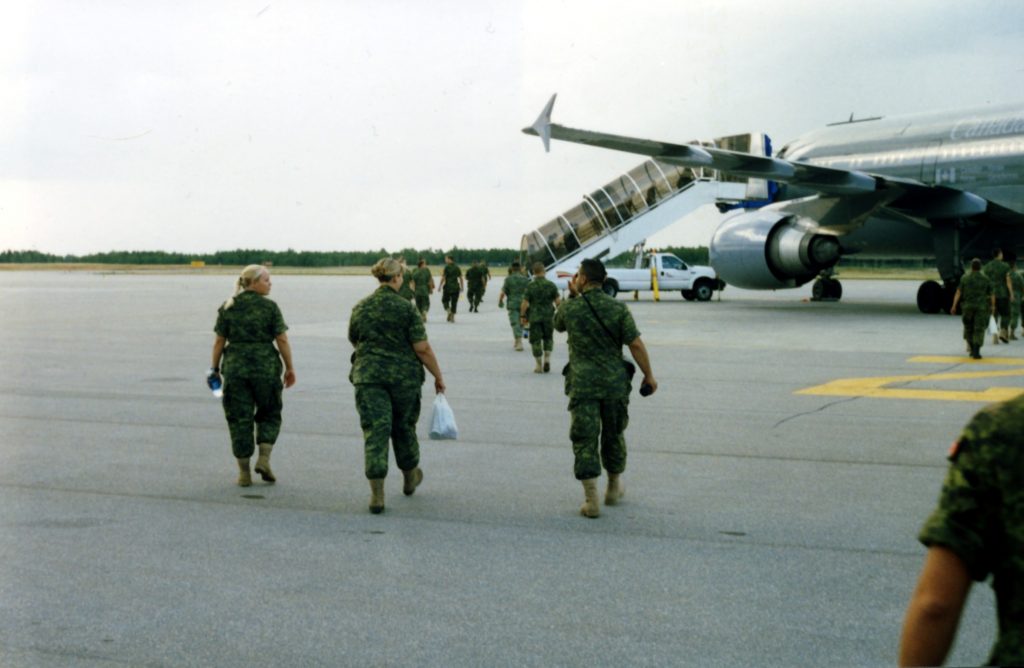
Days later, President Ronald Reagan addressed the American people saying the dimensions of the tragedy are known to almost every person in the country. Expressing his support for those military families in mourning, the commander-in-chief described how most of the young men and women they were mourning were returning to spend the holidays with their families.
“They were full of happiness and laughter as they pushed off from Cairo, and those who saw them at their last stop spoke of how they were singing Christmas carols,” said the President. “They were happy; they were returning to kith and kin. Some people think of members of the military as only warriors, fierce in their martial expertise. But the men and women we mourn today were peacemakers. They were there to protect life and preserve peace, to act as a force for stability and hope and trust. Their commitment was as strong as their purpose was pure. And they were proud.”
During their investigation, the Canadian Aviation Safety Board was unable to determine the exact sequence of events which led to the accident. They did conclude that the DC-8’s engines stalled due to icing on the leading edge and upper surface of the wing. Four members of the board believed an in-flight fire “that may have resulted from detonations of undetermined origin brought about catastrophic system failures.”
Today, a group of Gander citizens are organizing an effort to have the section of the Trans-Canada Highway near the crash site renamed the “Screaming Eagles Highway.” The project has the support of the 101st Airborne Association, the Royal Canadian Legion and family members of the victims. Proponents are hoping to gain the support of Dr. John Haggie, Newfoundland and Labrador’s minister of health and community services and Member of the House of Assembly for the District of Gander, who could then submit a renaming request to the ministry of transportation.


